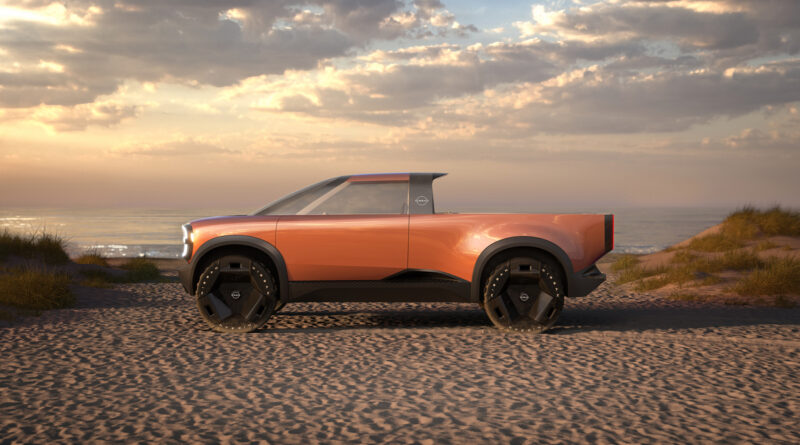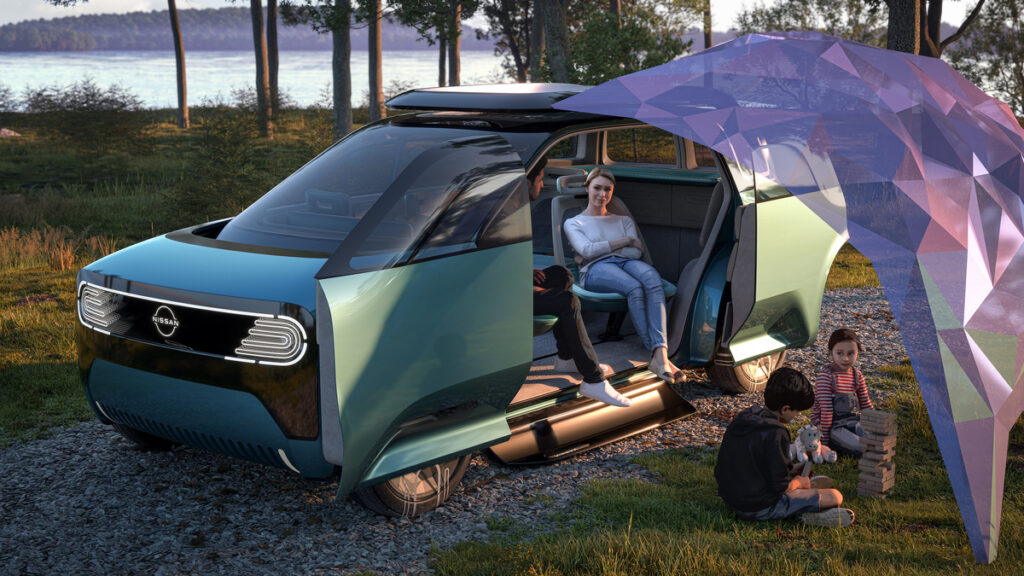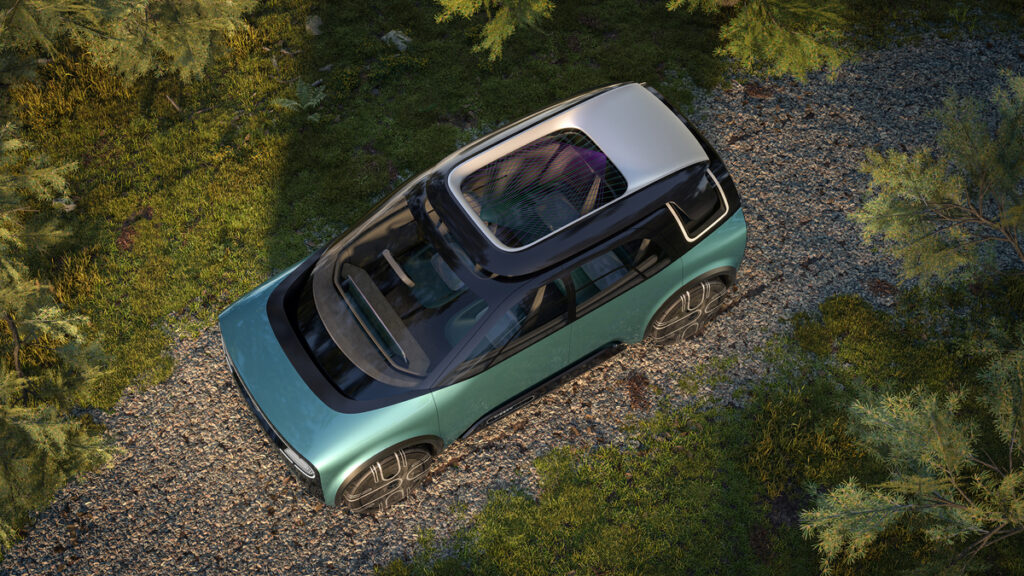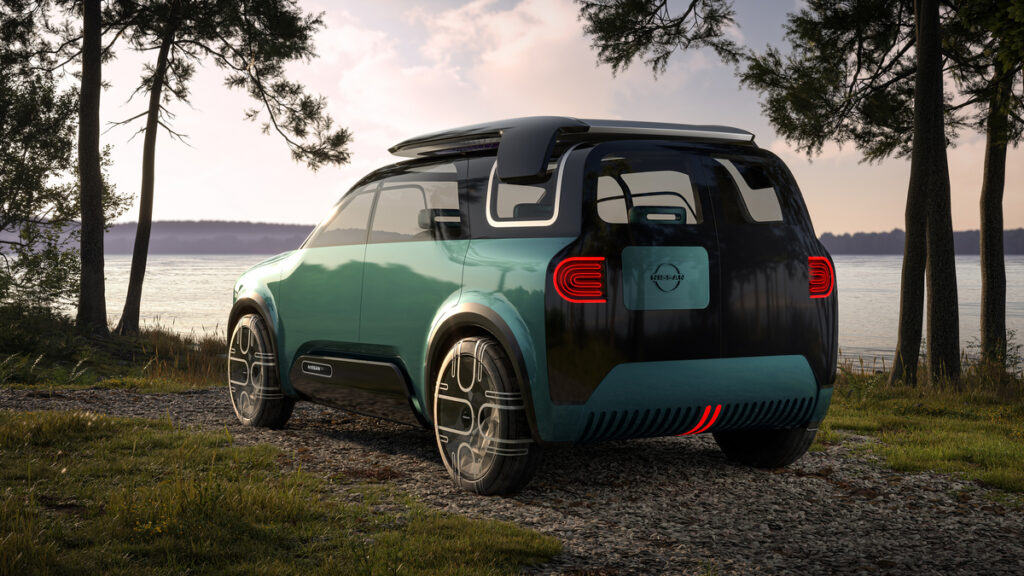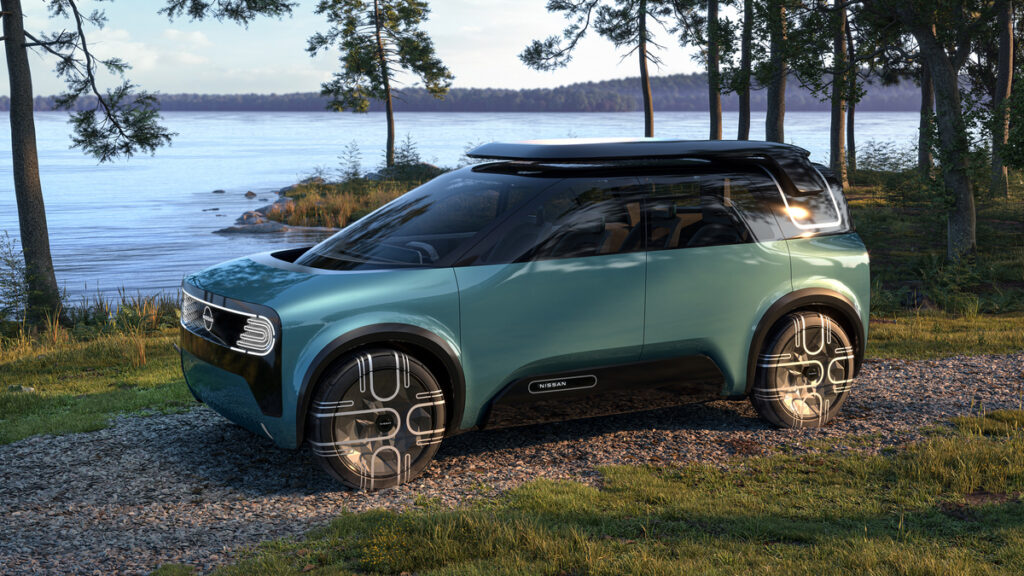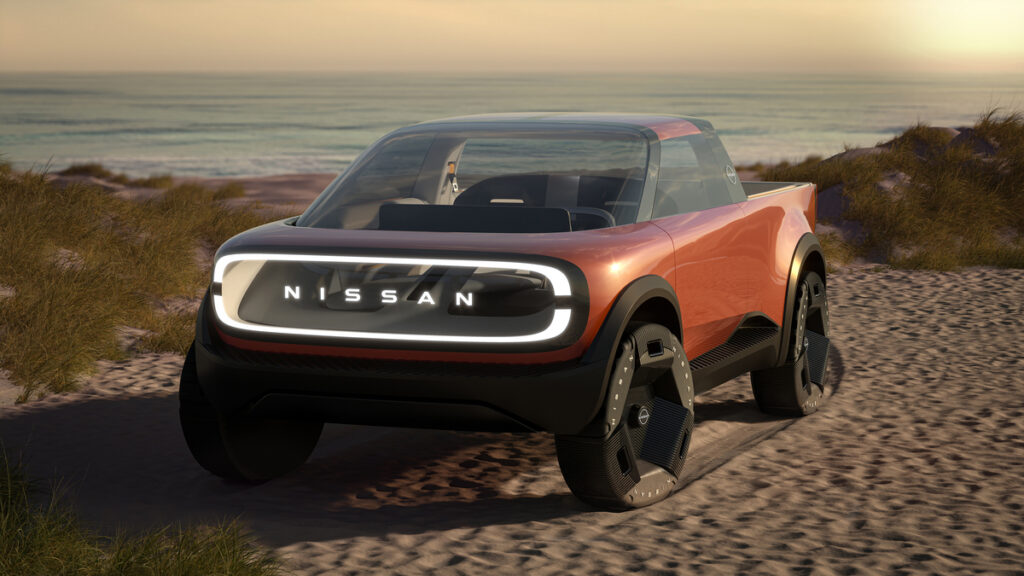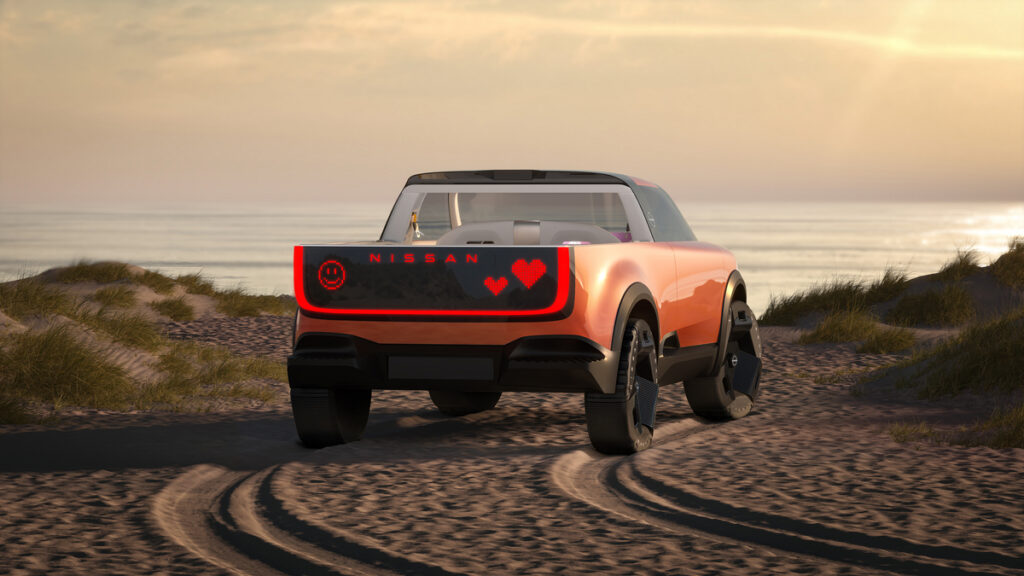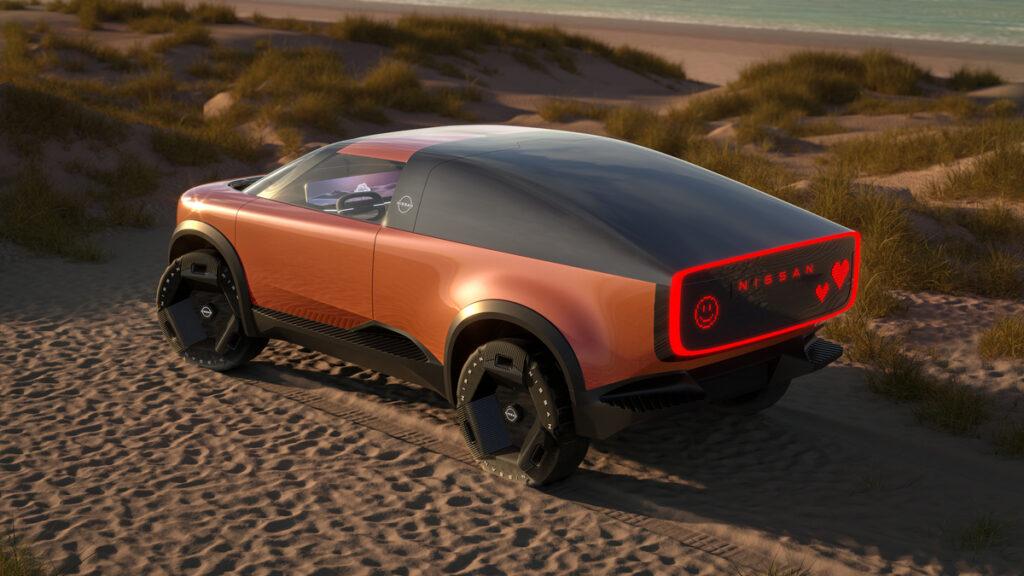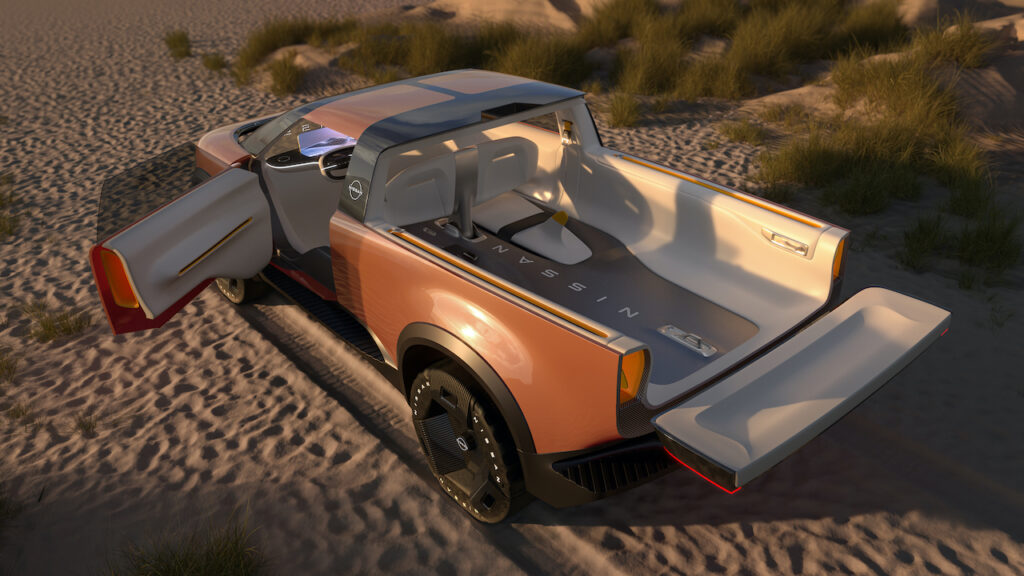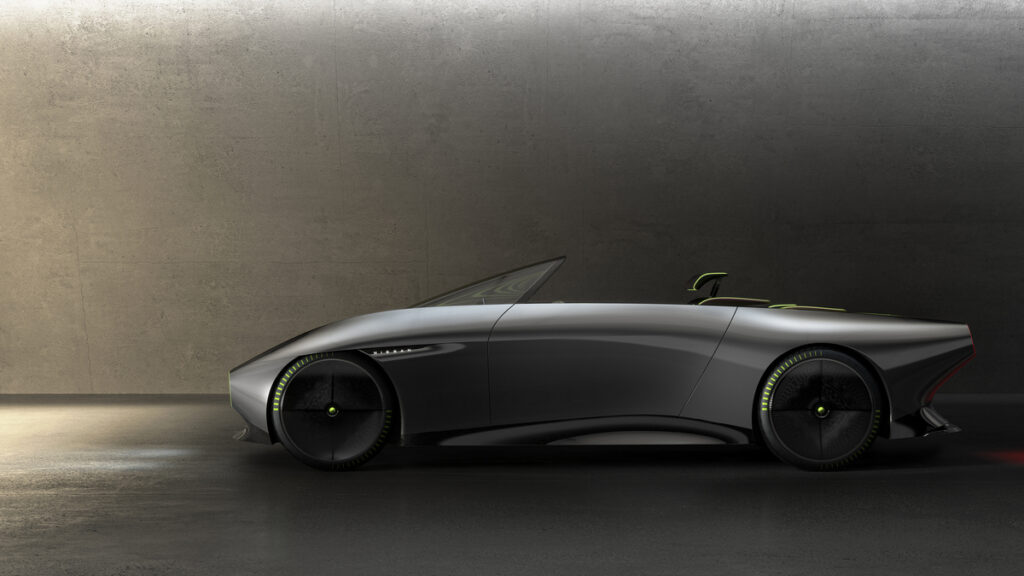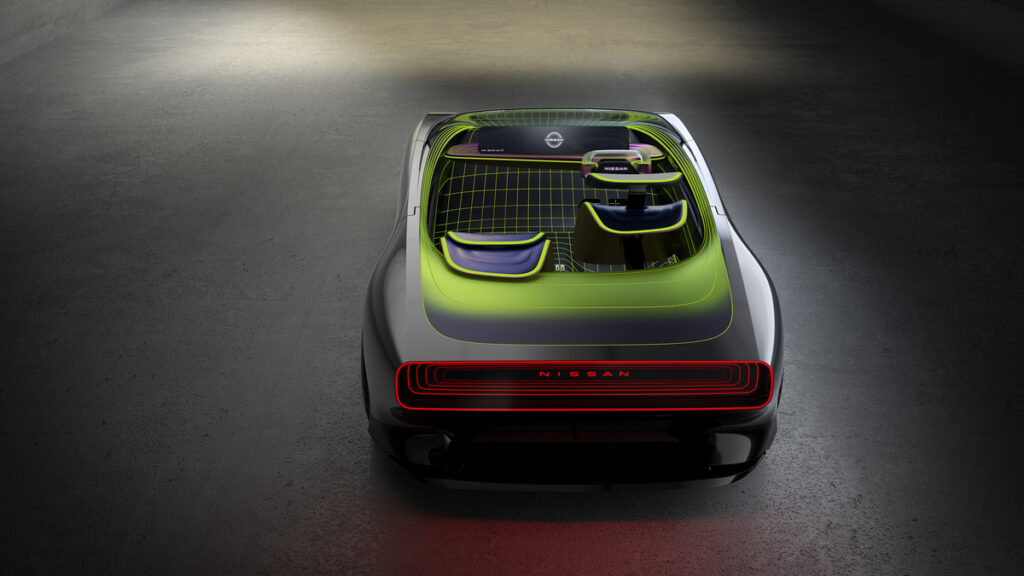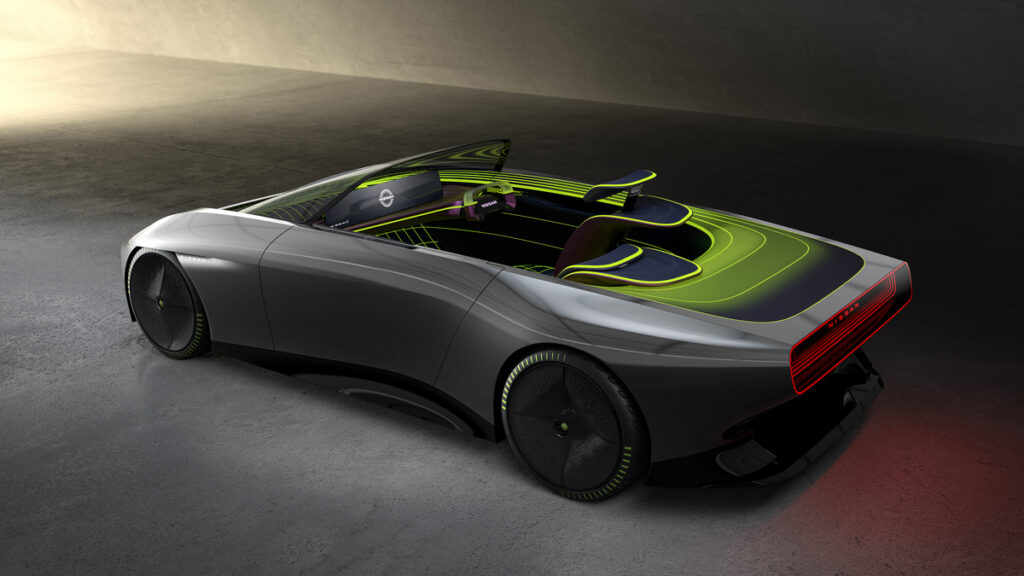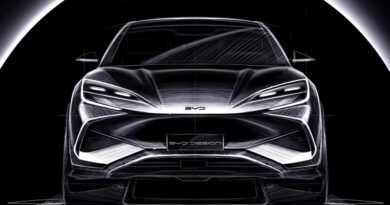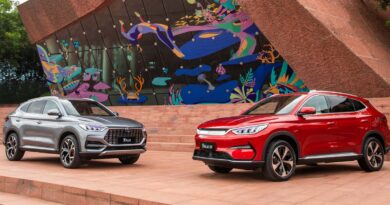Nissan previews next Leaf, reveals $25b EV commitment
Japanese automotive brand Nissan has revealed four battery electric vehicle concepts and made bold commitments to speed up its roll-out of electrified models and tech as its seeks to recapture a pre-eminent position in the EV space.
Once a leader with the Leaf EV, it has long been surpassed by the likes of dedicated EV brand Tesla and a variety of other legacy car makers that have jumped on board with electrification, while it has negotiated management and financial crises.
With those issues receding, it has now rolled out a plan it dubs Nissan Ambition 2030, which is a stepping stone to achieving its 2050 net zero carbon emissions target.
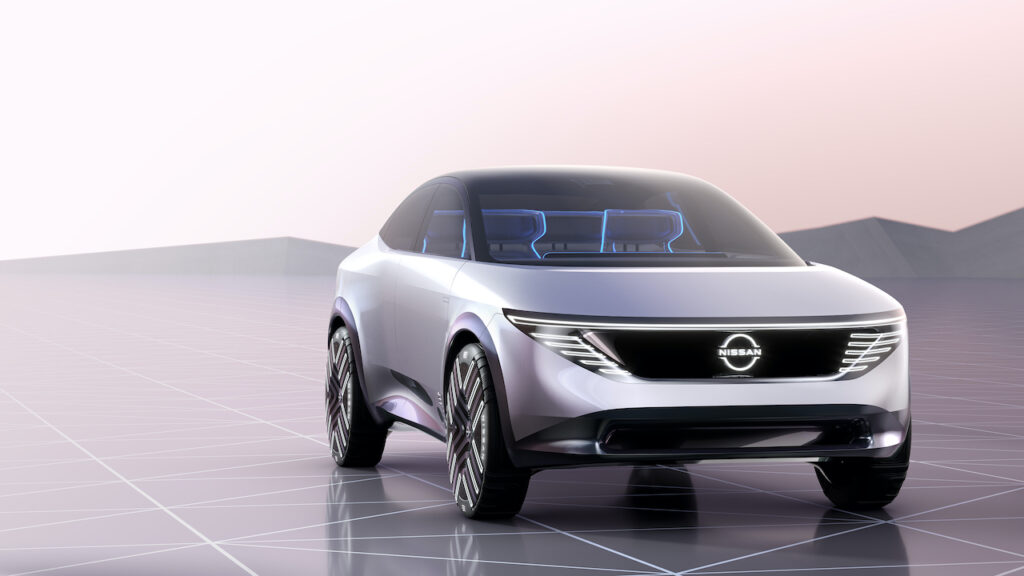
Included in the plan are the mass production of proprietary solid state batteries by 2028 and 23 new electrified models, including 15 EVs, by fiscal year 2030 (which starts April 1 2030), electrifying more than 50 percent of its line-up. That total includes both Nissan and the premium Infiniti brand (no longer sold in Australia), although a breakdown is not supplied.
All up, Nissan says investments under the plan could total 2 trillion Yen (almost $25 billion).
The eye candy for this info-dense announcement is an EV concept called the Chill-Out, which should translate into a compact SUV sitting below the Ariya and tipped to take over the Leaf name from the current hatchback.
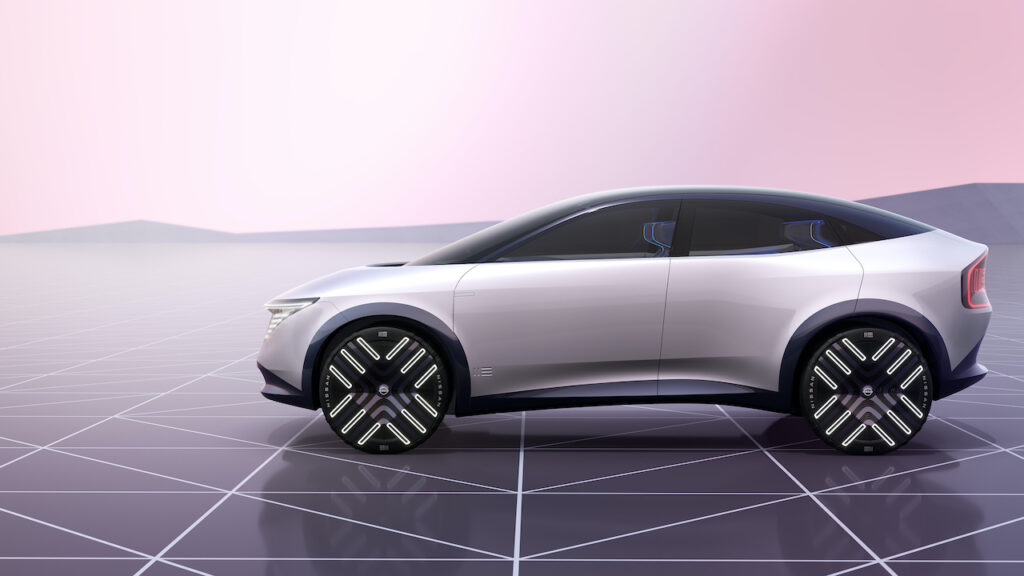
But there were also three concepts representing Nissan’s more distant solid state future: the Max-Out open-top sports car, Hang-Out SUV and – probably of most interest to Australia – the Surf-Out pick-up.
“Nissan has come out of crisis and is once again standing on the starting line for the future,” said Nissan CEO Makoto Uchida.
“With Nissan Ambition 2030 as our guiding principle we are determined to transform Nissan into a company admired by all our stakeholders.
“We will continue to drive innovation to enrich peoples’ life and realise a cleaner and safer more inclusive world.”
No production timeline was offered for a production Chill-Out, but as per Ariya it will be underpinned by the Nissan-Renault-Mitsubishi alliance CMF-EV architecture, an 87kWh liquid cooled lithium-ion battery pack and Nissan e-4orce dual motor all-wheel drive system. The claimed range is 500km.
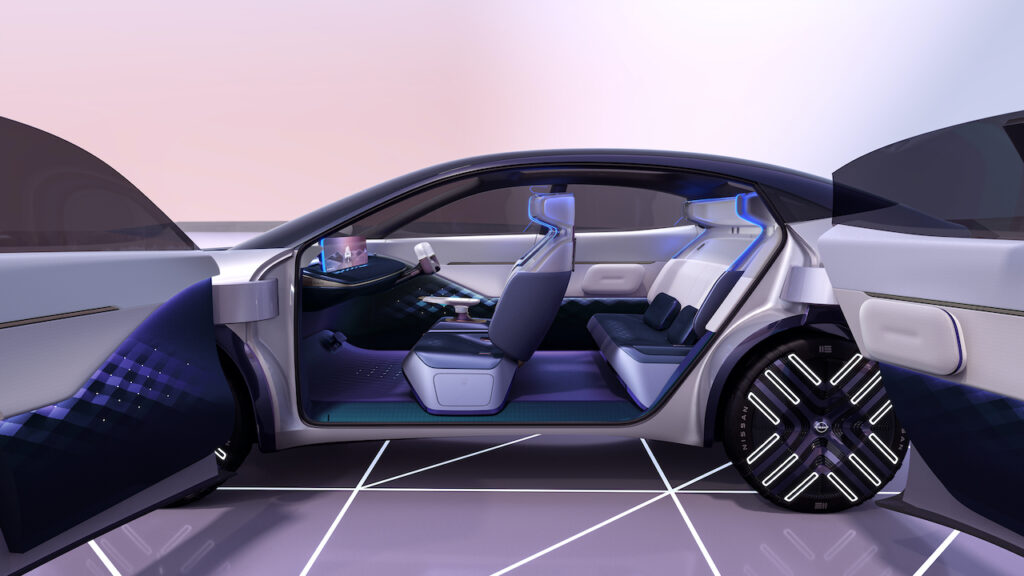
Nissan did not shed any light on which segments the 23 electrified models it plans by 2030 are intended for. However, it did also state in its media material that 20 EVs and petrol-electric E-Power models would be rolled out by 2026.
Asked to clarify, Nissan confirmed the heavy lifting on model expansion would be completed in the next few years. Mid-life updates and expansion of solid state batteries models in popular segments would be the focus in the second part of the decade.
In Australia the only nominated target is 30 percent of the range electrified by the end of 2022. That covers the existing Leaf and E-Power versions of the new-gen Qashqai and X-Trail that launch in 2022.
Considering, how far away Nissan’s introduction of all solid state battery (ASSB) tech is, no surprise the other three concepts are very much fantasies with no performance parameters mentioned. What they are intended to emphasise is the added flexibility the much-hyped next-gen battery tech will bring to Nissan’s EV model line-up.
They are designed around what Nissan thinks its ASSB skateboard architecture could look like, including ‘advanced’ e-4orce and in the case of the Hang-Out, ‘advanced’ ProPilot autonomous driving system. No explanation of where either system had advanced from the current day was provided.
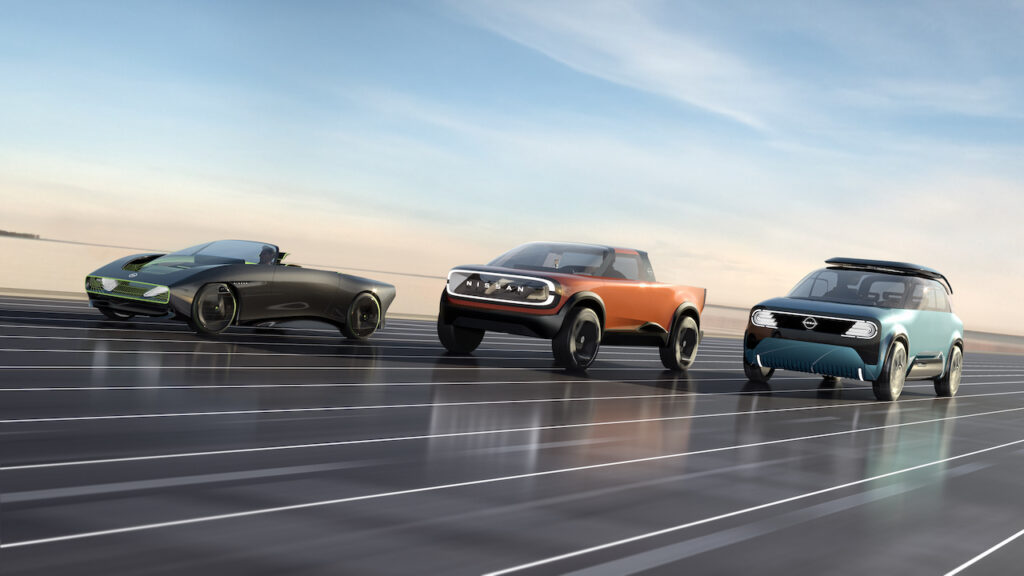
The Max-Out sports car is intended to highlight the new platform’s “ultra” light weight and “very” low gravity.
“Dynamic cornering and steering response are balanced with limited body roll to optimize driver and passenger comfort, creating a feeling of oneness with the car,” Nissan says.
“The two-seater features the unique ability to morph the seating, flattening into the floor to offer more interior space when desired, making it ideal for drivers with and without passengers.”
The Hang-Out utilises a flat floor to create a “mobile living space” where you can work during the day and exploit theatre-style seating to watch movies at night.


Nissan Hang-Out EV concept 
Nissan Hang-Out EV concept 
Nissan Hang-Out EV concept 
Nissan Hang-Out EV concept
Without specifically explaining how, Nissan says the Hang-Out is “designed to suppress vibrations and jolts, thereby reducing instances of motion sickness and interference while working on the go”.
The Surf-Out highlights off-road performance and maximised cargo space, including an open back to the cabin for the stowage of long items like surfboards.
Ahead of its widespread release of solid state batteries, Nissan will establish an ASSB pilot plant in Yokohoma (its headquarters city) in 2024 and invest 140 billion Yen ($1.725 billion) in the tech by 2026.




The Nissan Surf-Out concept showing its flexible rear area.
Nissan says ASSB will reduce charging time by one third compared to lithium-ion battery packs and drop the cost to US$75 per kWh ($105) by 2028 and later – without being specific when) to $65 per kWh ($91), which it says will achieve cost parity with internal combustion vehicles.
Lithium-ion chemistry improvements are also being targeted. Nissan estimates the elimination of cobalt, which it targets for 2028, will reduce costs by 65 percent. With partner Jatco it is also seeking a 30 percent cut in e-motor costs by 2026.
Other Nissan Ambition 2030 targets include:
Increasing global battery production capacity to 52GWh by fiscal year 2026 and 130GWh by fiscal year 2030.
Expanding its battery refurbishing facilities beyond Japan with new locations in Europe during fiscal year 2022, and in the U.S. in fiscal year 2025.
Fully commercialising its vehicle-to-everything and home battery systems in the mid-2020s.
Investing up to 20 billion yen ($246 million) by 2026 towards charging infrastructure.
Expanding ProPilot technology to over 2.5 million Nissan and Infiniti vehicles by fiscal year 2026.
Incorporating next generation LIDAR systems on virtually every new model by fiscal year 2030.
Expanding its EV36Zero fully integrated manufacturing and service ecosystem from the UK to other manufacturing sites in Japan, China and the USA
Hiring more than 3000 employees in advanced research and development globally while continuing to upskill its current workforce.

